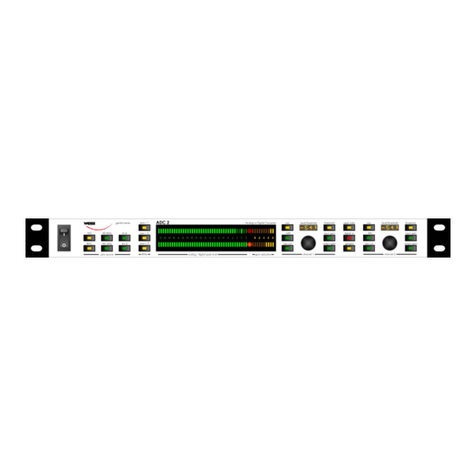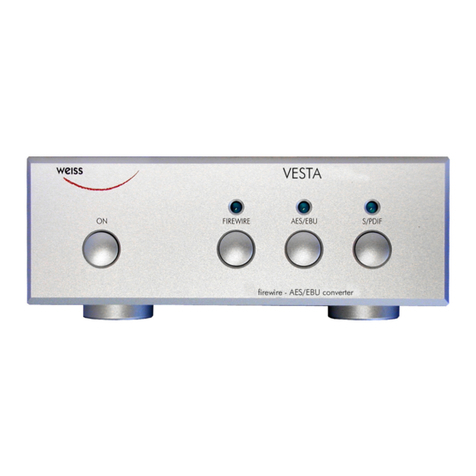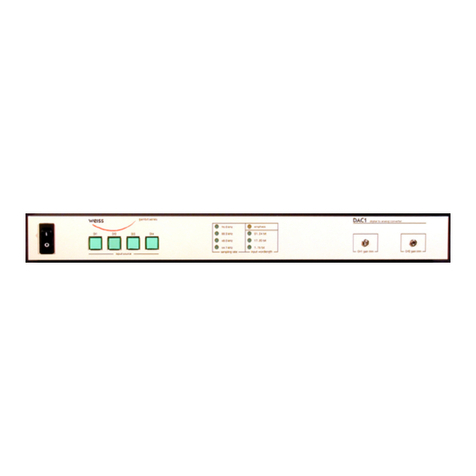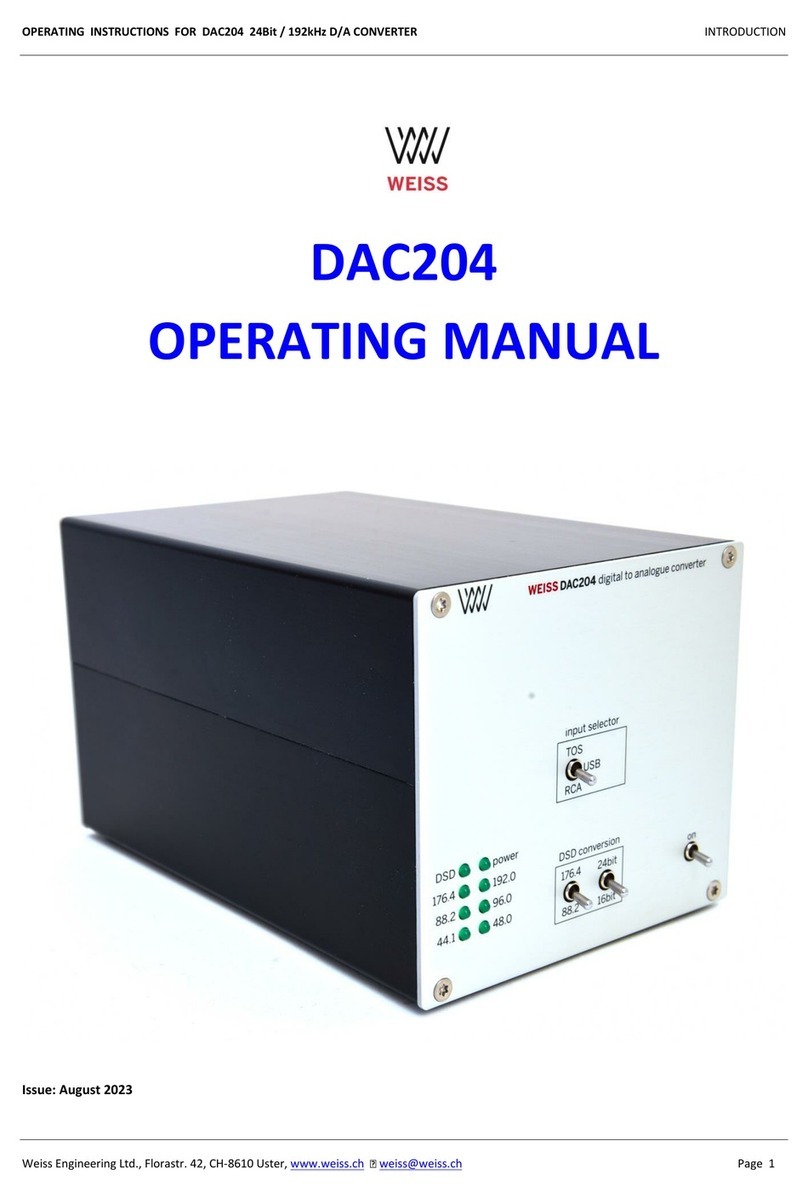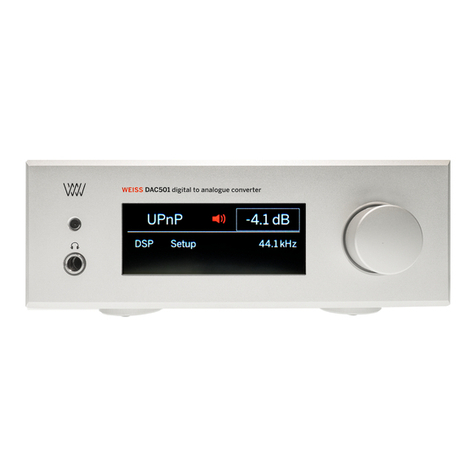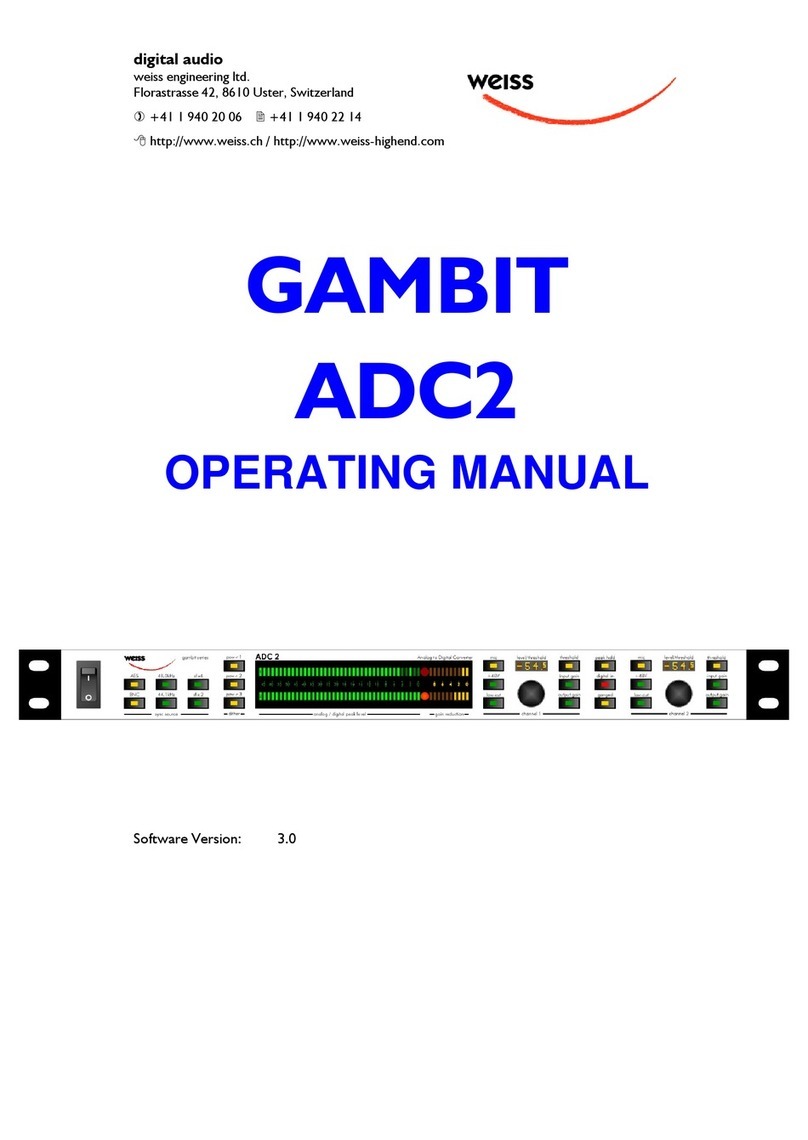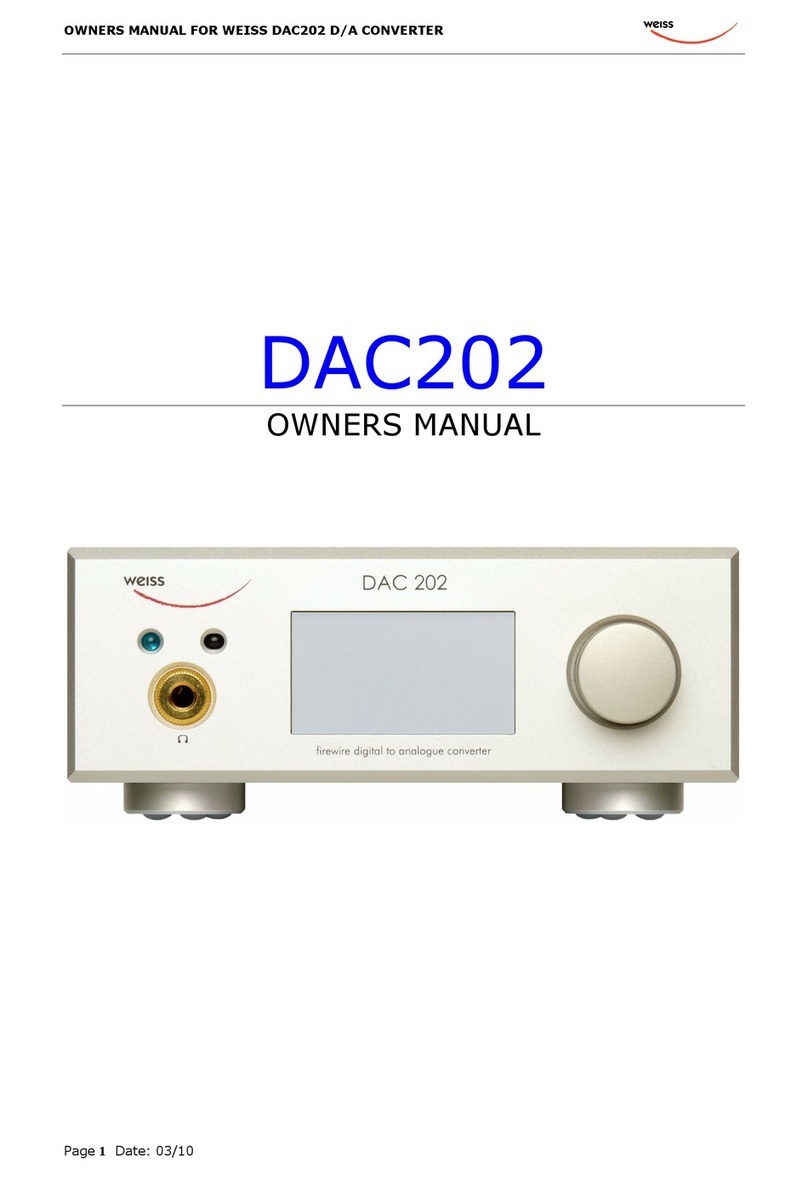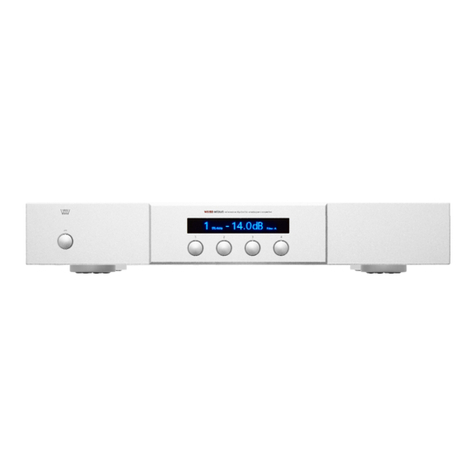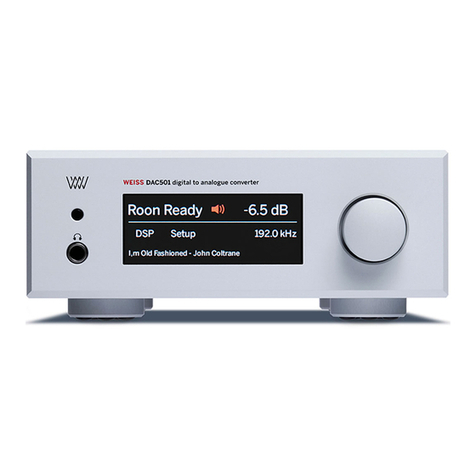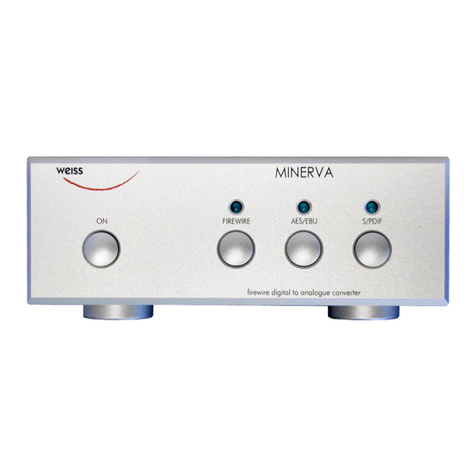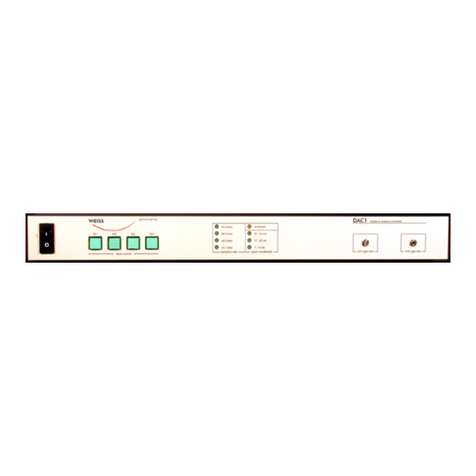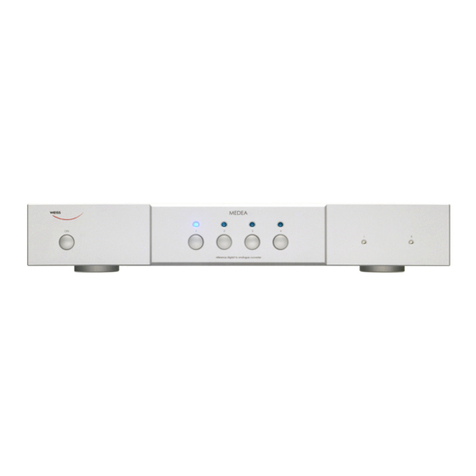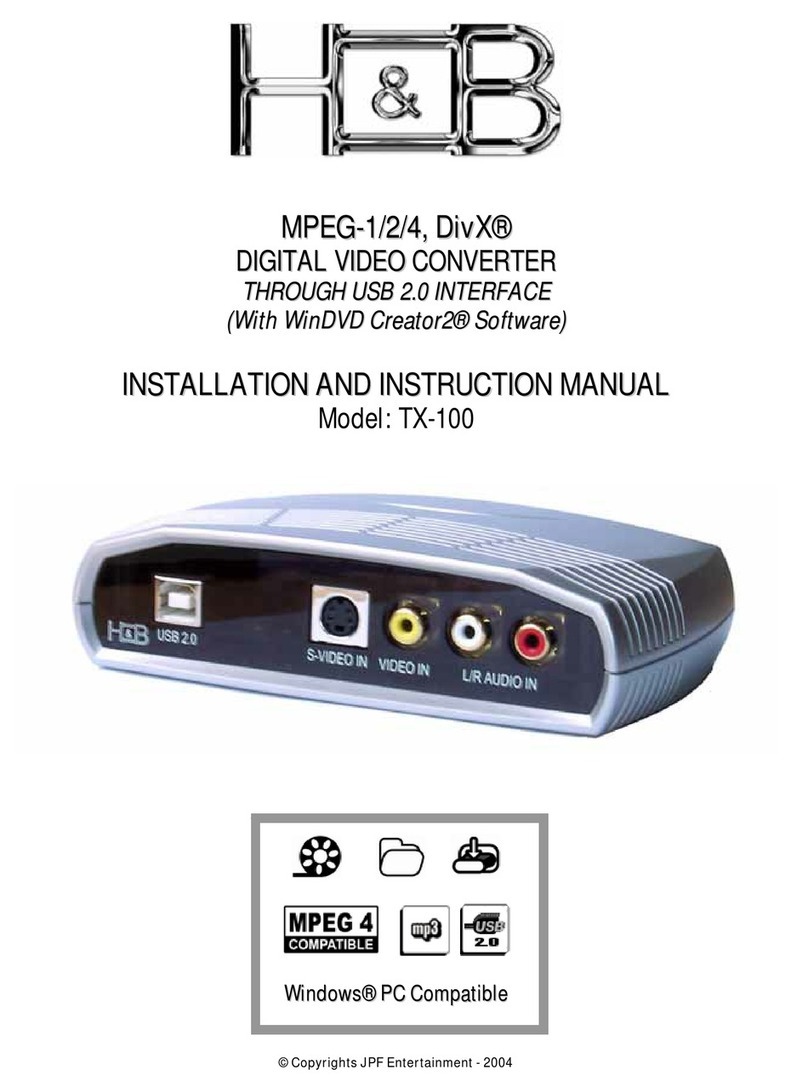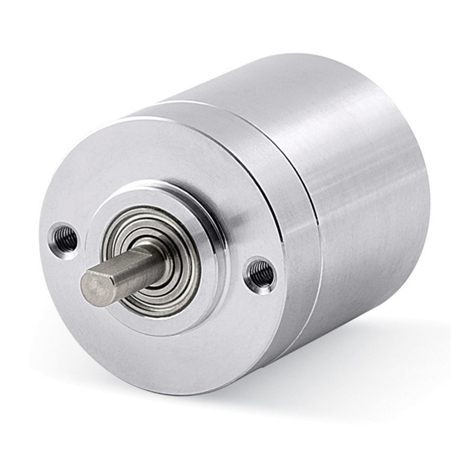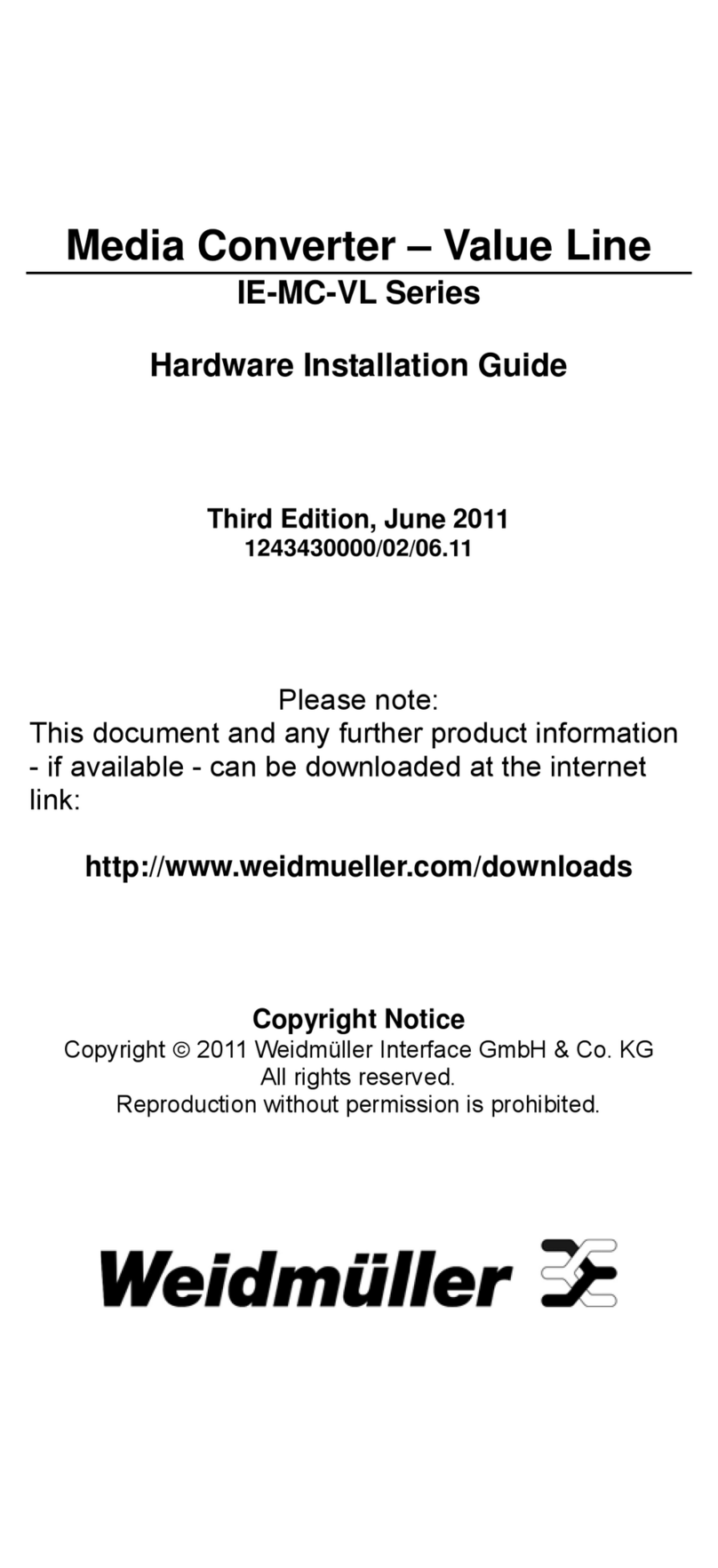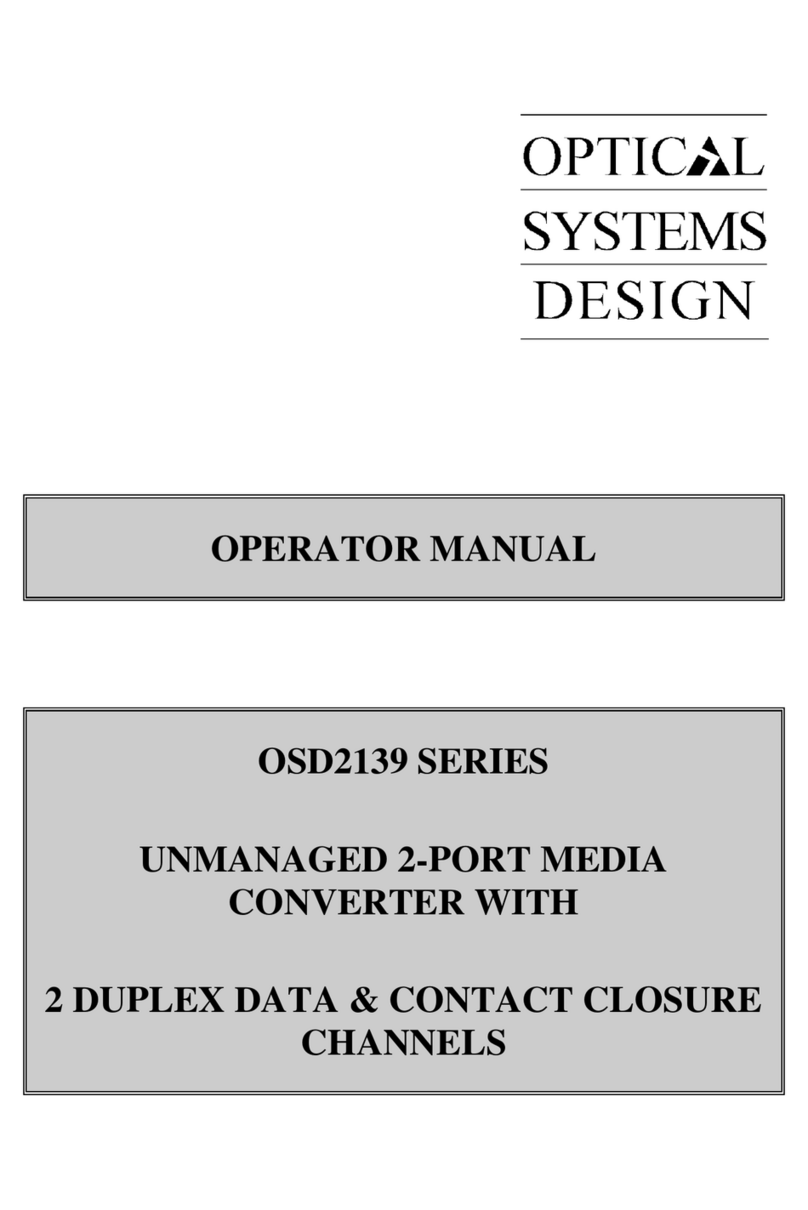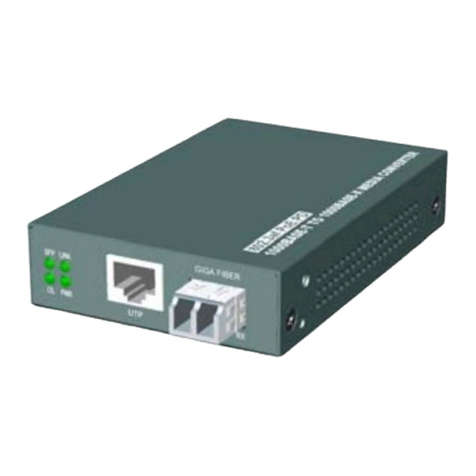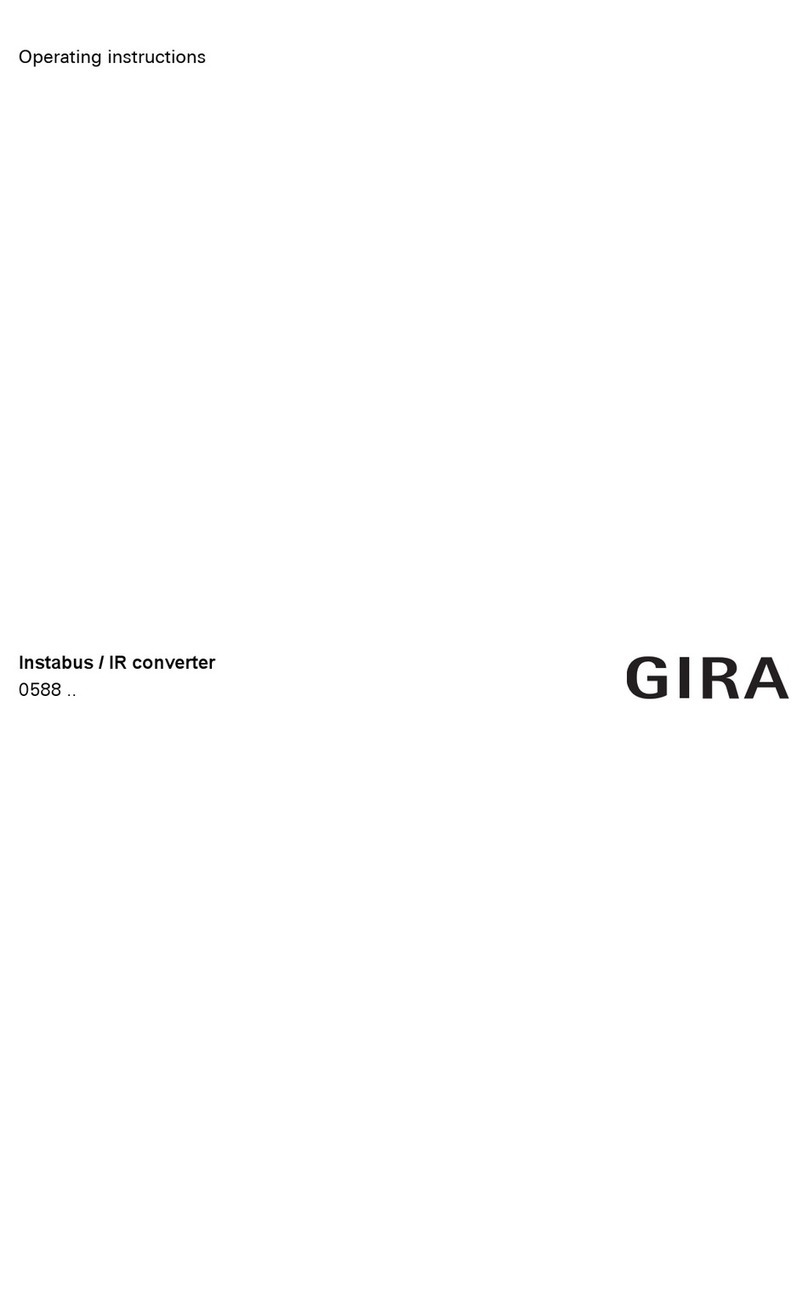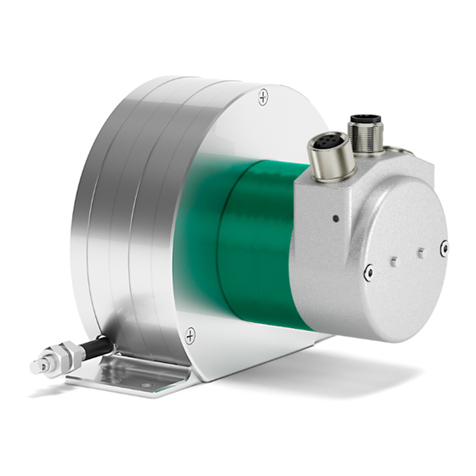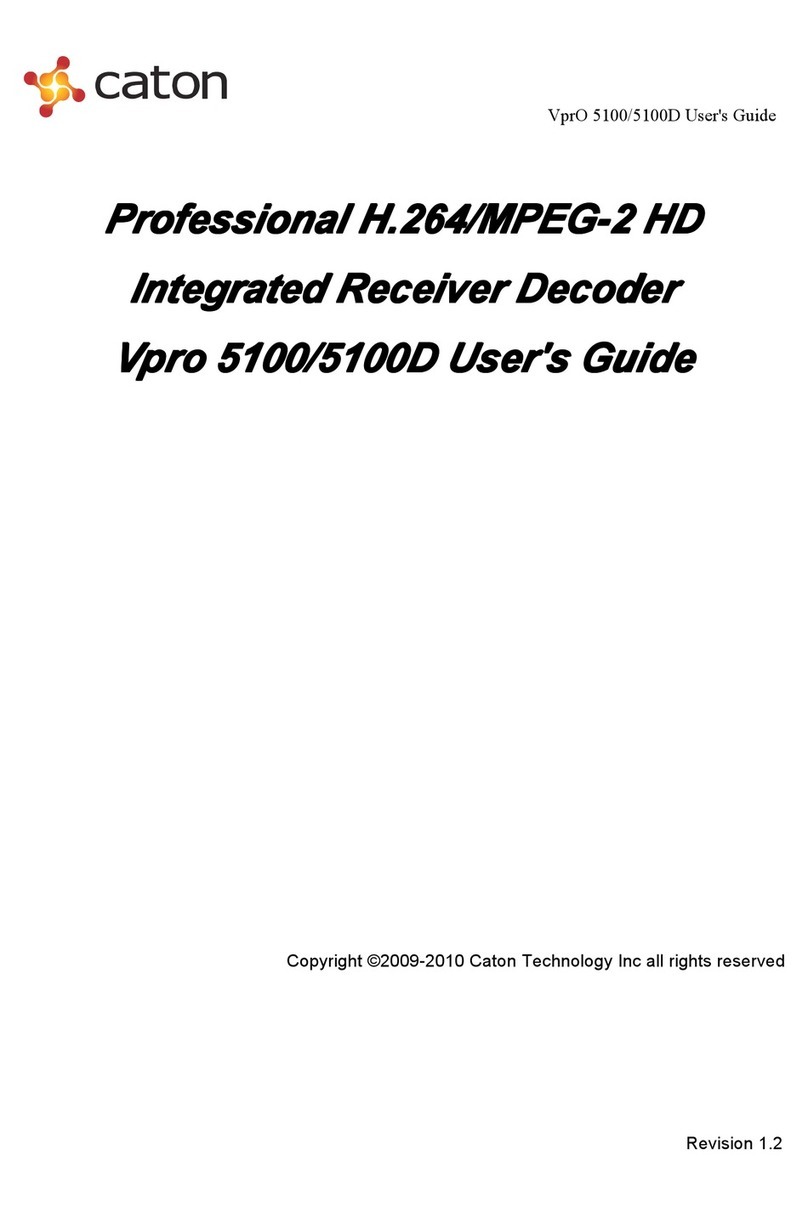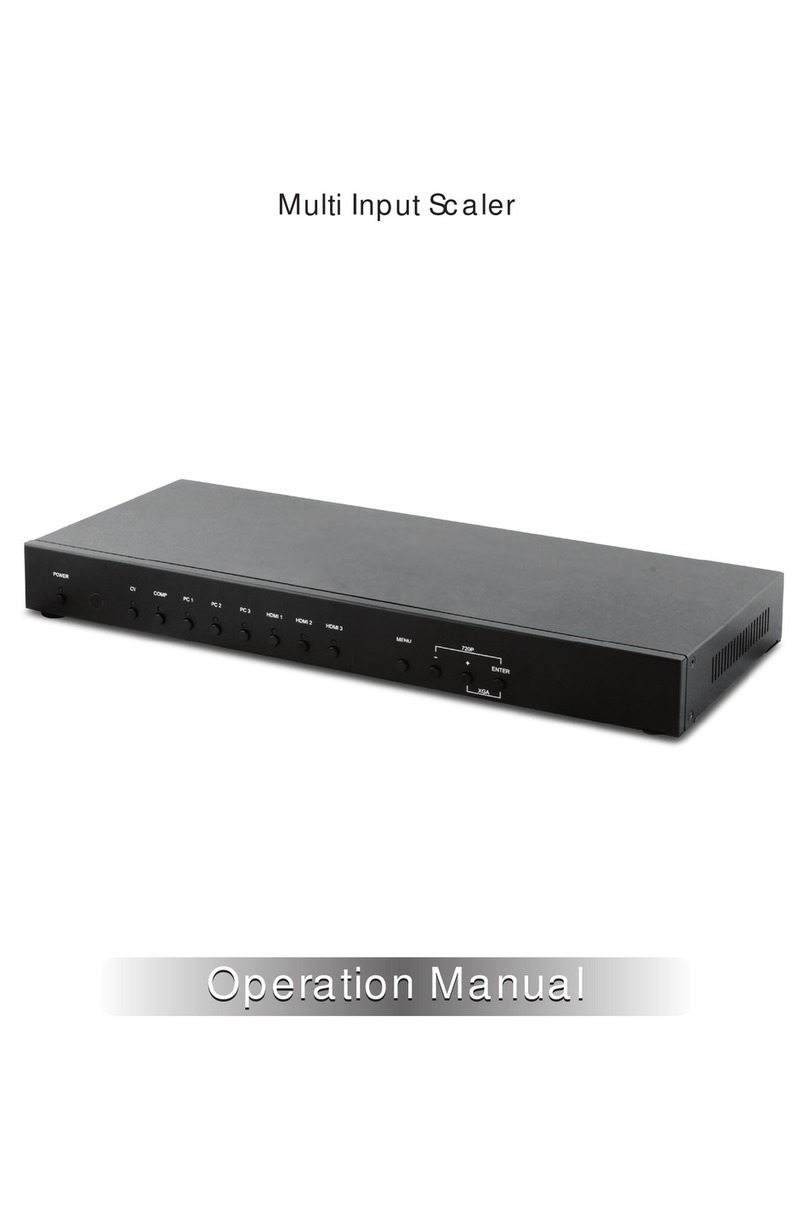4
however in a well-designed system these converters employ a synchronous design,
where jitter does not play any role. Of course a conversion between 96 kHz and
44.1 kHz as in the example above can be done in a synchronous manner as well.
An ASRC in fact is only required either where one or both of the sampling
frequencies involved are changing over time (
”
varispeed“ mode of digital audio
recorders) or where it is unpractical to synchronize the two sampling frequencies.
So basically in Hi-Fi jitter matters where there are A/D or D/A converters
involved. CD and DVD players are by far the most numerous type of equipment
employing D/A converters. And of course stand-alone D/A converters. Jitter,
being an analog quantity, can creep in at various places. The D/A converter
built into CD or DVD players can be
”
infected“ by jitter through various
crosstalk mechanisms, like power supply contamination by power hungry motors
(spindle/servo), microphony of the crystal generating the sampling clock or
capacitive/inductive crosstalk between clock signals etc.
In the standalone D/A converter jitter can be introduced by inferior cables
between the source (e.g. CD transport) and the D/A converter unit or by the
same mechanisms as described above—except for the motors of course. In the
case of a stand-alone D/A converter (as the DAC202), one has to take two
different jitter contamination paths into account. One is the internal path where
internal signals can affect the jitter amount of the sampling clock generator.
Here, all the good old analog design principles have to be applied. Such as
shielding from electric or magnetic fields, good grounding, good power supply
decoupling, good signal transmission between the clock generator and the actual
D/A chip.
The other path is the external signal coming from the source to which the
sampling clock has to be locked. In other words the D/A converter has to run
synchronous to the incoming digital audio signal and thus the frequency of the
internal sampling clock generator has to be controlled so that it runs at the
same sampling speed as the source (e.g. CD transport). This controlling is done
by a phase locked loop (PLL), which is a control system with error feedback.
Of course the PLL has to be able to follow the long term fluctuations of the
source, e.g. the sampling rate of the source will alter slightly over time or over
temperature, it will not be a constant 44.1 kHz in the case of a CD. But the
PLL should not follow the short-term fluctuations (jitter). Think of the PLL as
being like a very slow-reacting flywheel. In the DAC202 we employ a two-stage
PLL circuitry, which very effectively suppresses jitter. A common problem with
most PLLs used in audio circuitry is that they suppress jitter only for higher
frequencies. Jitter frequencies that are low (e.g. below 1 kHz or so) are often
only marginally suppressed. It has been shown that low frequency jitter can
have a large influence on the audio quality though. The DAC202 suppresses even
very low frequency jitter components.
This means that the DAC202 is virtually immune to the quality of the audio
source regarding jitter. For a CD transport as a source this means that as long
as the data is read off the CD in a correct manner (i.e. no interpolations or
